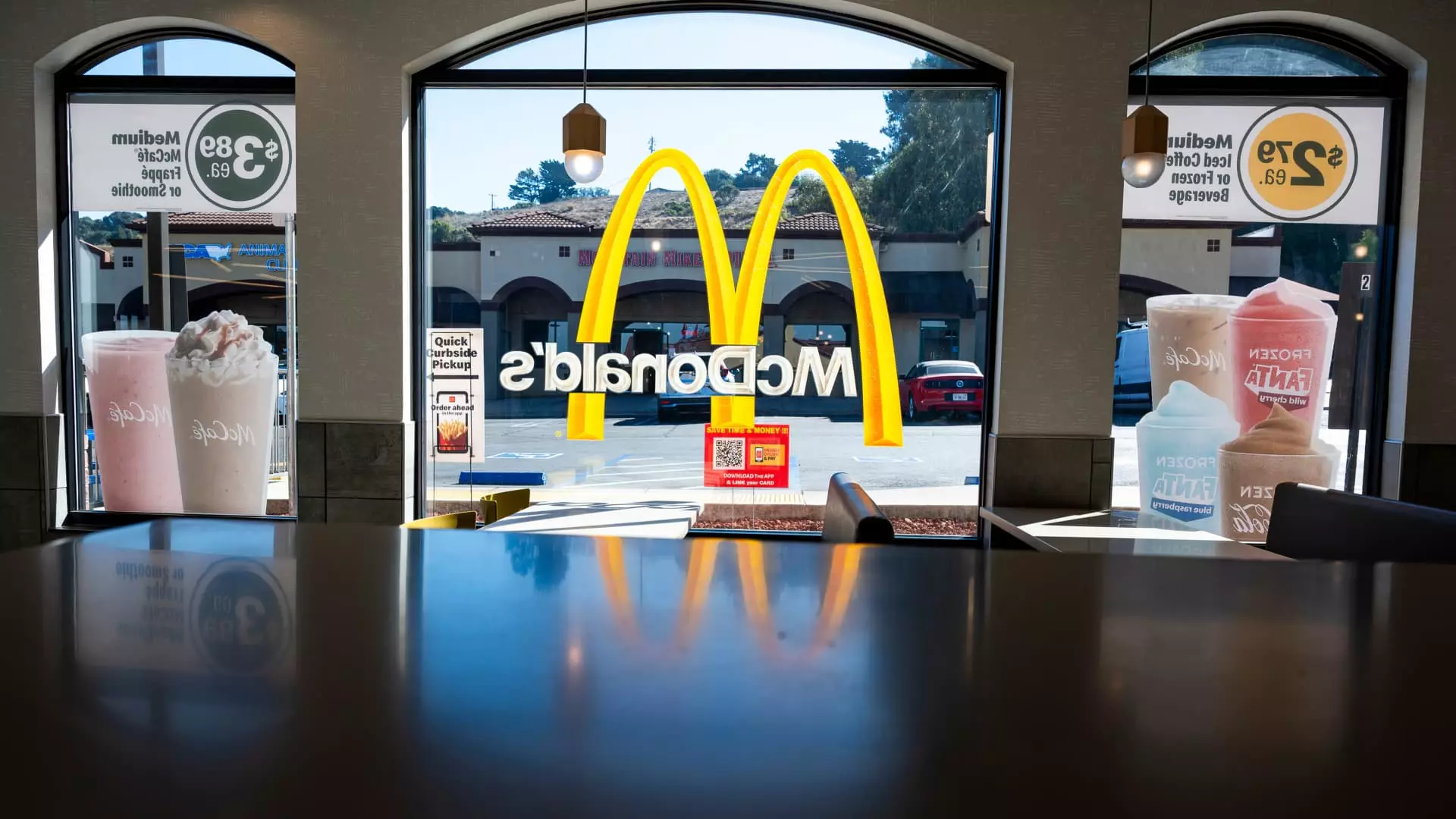The restaurant industry, which faced immense challenges over the past year, is cautiously optimistic about the future. With executives eagerly anticipating a promising 2025, there is an overall sentiment that brighter days lie ahead. The situation was stark in 2024, as the industry grappled with overwhelming bankruptcy filings and plummeting customer traffic to eateries across the nation. Despite these trials, early signs of recovery have sparked hope among industry insiders.
The restaurant sector has been shaken to its core, witnessing a staggering increase in bankruptcies. Reports highlight over 50% more filings in 2024 compared to the previous year, underscoring the fragile state of many eateries. Compounding this issue, traffic to restaurants that have been operating for over a year saw a consistent year-on-year decline. Data from Black Box Intelligence illustrates the struggle, showing that every month of 2024 up to September faces dwindling customer numbers.
This downturn has not just affected small-scale diners; even major players like McDonald’s and Starbucks have seen disappointing figures, with many struggling to maintain same-store sales. The competitive landscape has intensified, pressuring these chains to continually innovate in their offerings and marketing strategies in order to retain customer loyalty and interest.
Despite these disheartening statistics, recent data indicates that the restaurant industry may be starting to turn a corner. Sales figures showed improvement from earlier in the summer slump, and findings from Revenue Management Solutions reveal a 2.8% increase in traffic at fast-food restaurants in October when compared to the previous year. Such statistics offer tentative optimism, suggesting that some chains, like Restaurant Brands International, are beginning to experience growth in same-store sales in the recent months.
Perhaps one of the most significant factors contributing to this nascent recovery is the recent shift in interest rates. A second consecutive interest rate cut approved by the Federal Reserve in November has positioned the restaurant industry for growth, specifically by easing the financial burdens associated with expansion. As financing becomes more accessible, the sector may witness a revitalization in new openings and developments.
The evolving economic landscape may play a crucial role in consumer spending within the restaurant industry. As interest rates decline, restaurant executives like Katie Fogertey of Shake Shack anticipate a boost in consumer confidence. The relationship between interest rates and spending habits may appear indirect, yet the psychological effect of lower borrowing costs could influence consumers to spend more freely, even on items perceived as trifles, such as a gourmet burger.
Shake Shack’s consistent growth in same-store sales—despite an overall cautious consumer landscape—serves as a testament to targeted strategies that resonate with diners. For other restaurant operators, adapting to changing consumer preferences while navigating macroeconomic factors will be essential for recovery in the near term.
As the restaurant market begins to recover, whispers of potential initial public offerings (IPOs) circulate among executives and investors. After a hiatus on major restaurant IPOs since the launch of Cava last June, enthusiasm is growing. Experts predict that the second half of 2025 may see a resurgence of such market activities, although the overall environment for listings remains cautiously optimistic.
Inspire Brands, the parent company to restaurants like Dunkin’ and Buffalo Wild Wings, has been identified as a frontrunner for a potential blockbuster IPO, underscoring a wider anticipation of recovery events in the sector. While some companies are preparing to go public, others like Panera Bread still face delays in their IPO plans, highlighting the complex nature of the current market conditions.
While optimism surrounds the industry’s outlook, there are undeniable challenges that persist. Executives from several chains express concern over ongoing pressures, particularly in the fast-casual segment. Value menu strategies, including promotions reminiscent of those seen at McDonald’s, may be necessary for maintaining customer interest but could also impact profitability negatively.
As the industry gears up for 2025, it is clear that while the headwinds of inflation and changing consumer behavior remain formidable, the resilience displayed by many chains offers a glimmer of hope. The coming months are critical; thus, restaurant leaders must navigate cautiously as they prepare for a potential resurgence and renewed opportunities in the dining sector.


Leave a Reply